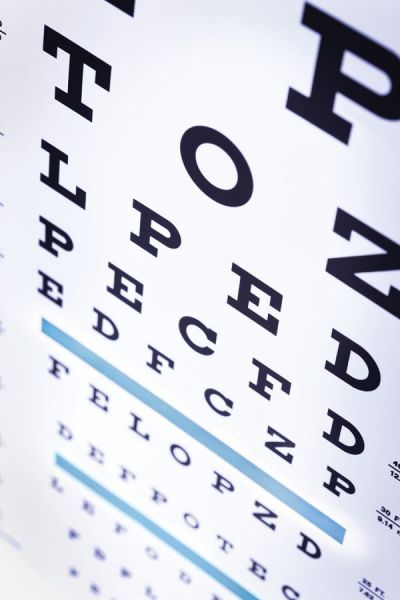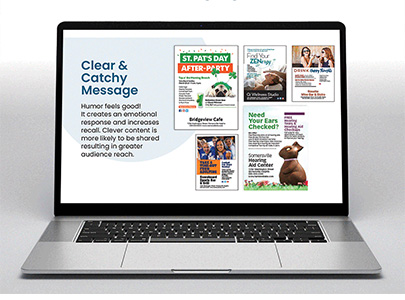Ad lessons from a wall poster
John Foust
Jun 1, 2023


I remember going to the optometrist a few years ago for my regular eye checkup. In the exam room, there was a large poster on the wall that featured a number of photographs of the same view of New York City from the water. The top left photo showed the unenhanced view, and after that, each one demonstrated what the view would look like with various eye disorders — nearsightedness, farsightedness, cataracts, glaucoma, macular degeneration, etc.
It was a powerful message because it gave the doctor a way to explain important facts at a glance. It enabled patients to see things through the eyes of people with specific eye conditions. It showed — in the most graphic way — what was happening with their vision.
As I looked at the poster, I couldn’t help but think about this business of advertising and the importance of seeing things from others’ perspectives. It goes beyond seeing things from our clients’ perspectives. We have to see things from all of their customers’ points of view. And perhaps most challenging of all, we need to help each one of our clients see things from their consumers’ perspectives.
David Droga, who founded the Droga5 global advertising agency, said, “I really believe in the power of advertising ... the power of advertising that’s in sync with what consumers want.” The key is in the words “in sync,” which is a shortened way to say “synchronized.” In the old war movies, the grizzled old officers would say, “OK, everybody, let’s synchronize our watches.” In other words: Before we get to the drop zone, let’s all set our time at 0500 hours.
Successful advertising executives like David Droga have a deep respect for the importance of seeing things from the other person’s point of view. They are constantly asking questions, probing for information, learning about other people and their needs and ideas. And they carefully consider demographic and psychographic research (much of which is available to newspaper advertising departments).
I’ve heard that some ad copywriters even picture a person representing a client’s target audience sitting in a chair in their office. The idea is to talk to that person about the product, then use it as a springboard for consumer-centered copy. How does the target consumer talk? What words resonate? What product offers can generate interest? It’s a way to individualize and humanize a large group of people. It’s a way to get in sync.
When you’re in sync, you forget about yourself and concentrate on the other person. Like the famous saying, “Knowledge is power.” How else are you going to have a feel for how Client A is likely to respond to a new campaign idea? How is Target Audience B likely to react to Offer C? And how much does Advertising Manager D rely on input from the company owner?
The bottom line is that those who see things from the other person’s point of view will sell more ads and create better ads than those who don’t.
John Foust has conducted training programs for thousands of newspaper advertising professionals. Many ad departments are using his training videos to save time and get quick results from in-house training. Email for information: john@johnfoust.com










